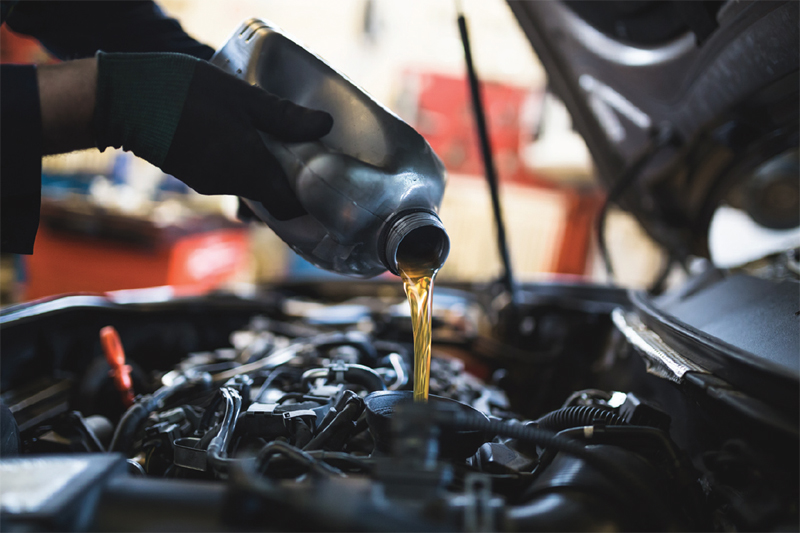
The strive for lower emissions has driven significant development in lubricant technology, according to Mike Bewsey, chairman of the Verification of Lubricant Specifications (VLS):
The drive to reduce emissions has had a significant impact on engine development. To meet government requirements for reduced emissions and consumer needs for economy and performance, original equipment manufacturers (OEMs) have developed smaller engines that run at higher temperatures to maximise efficiency, power output and fuel economy.
Lubricant formulations for passenger cars, vans and trucks have had to evolve to meet these new challenges to provide the lubrication required in these high-stress conditions, with uncompromised engine and emission control systems protection over even longer drain intervals; for example, OEM requirements for lubricants to deliver fuel economy via reduced frictional losses have led to a general reduction in the viscosity of both light-duty and heavy-duty engine oils. Careful evaluation of lubricant shear stability is essential to ensure lower viscosity oils offer sufficient protection. This is defined in the lubricant specification. Viscosity modifiers with a chemistry and architecture that can deliver the correct shear stability, while contributing to kinematic viscosity, are essential in all multigrade oils, as lubricants are formulated to provide excellent wear protection and fuel efficiency.
Apparent in latest ACEA sequences
These developments are evident in the latest ACEA sequences, which identify relevant performance standards for lubricants specifically tailored to the European market. The ACEA 2022 sequence update for heavy-duty engines raises anti-oxidation performance and piston deposit control with pass levels for the new OM 471 test in ACEA E4 and ACEA E8 more severe than those previously set.
According to Paul van de Heijning, cochairman of the Industry Liason Committee for the Technical Association of the European Lubricants Industry: “The new OM 471 engine tests set a new industry standard in terms of engine test severity and test duration of one month. This increased piston cleanliness performance is needed to cope with the significantly higher operating temperatures of the latest Euro VI HD engines using SCR systems, driven by Euro VI [nitrous oxide] emission legislation in combination with extended oil drain intervals.”

But all this change to engine and lubricant technology is happening on the back of a shifting vehicle parc. Whilst fleet operators and drivers are under pressure to adopt lower emission technologies, the vehicle parc itself is ageing as motorists and hauliers hold on to their vehicles for longer than ever. Despite increased registrations in recent years, alternatively powered vehicles still remain only a small part of the market.
As an independent trade body, VLS is working with lubricant manufacturers, distributors, motor factors, mechanics, and motorists alike to ensure lubricants are marketed and used correctly in this changing market. If an engine oil sounds too good to be true or you have any concerns about it being mis-sold or mislabelled it is vital to double-check. Poor quality or incorrect engine oil can cause accelerated wear or damage emission control devices, such as particulate filters, leading to increased emissions, maintenance costs and, if left unchecked, eventual engine failure.
The Verification of Lubricant Specifications (VLS) is an independent trade body that provides a credible and trusted means to verify lubricant specifications, bring transparency to the lubricant marketplace, and protect and educate end users. You can report a product if you have concerns to VLS, who will independently investigate it to confirm if it really can deliver what it claims.







